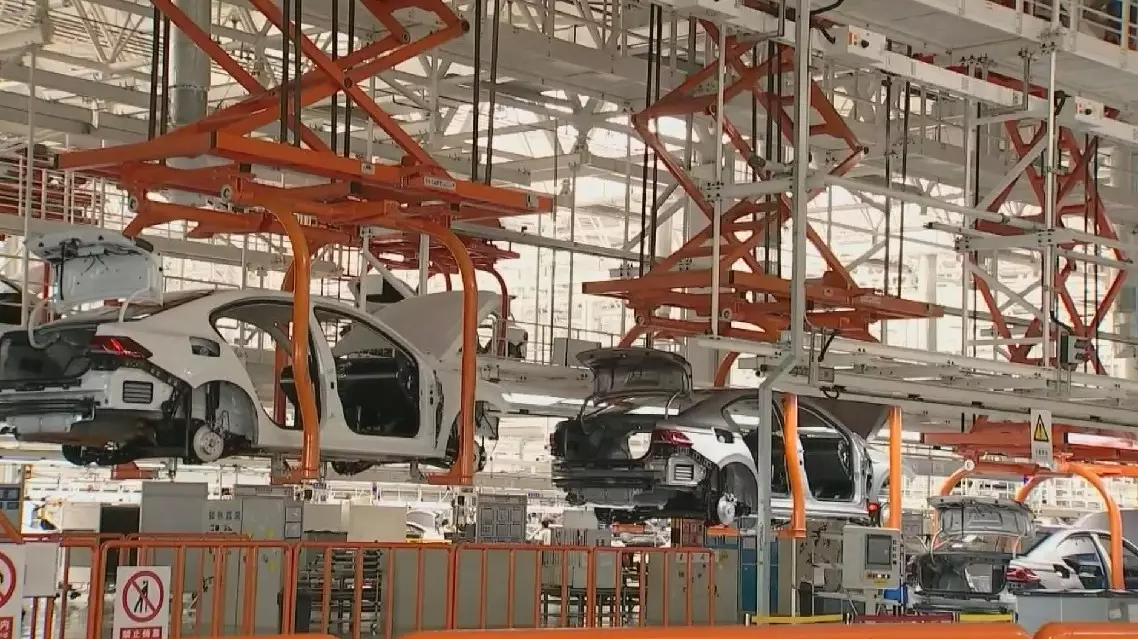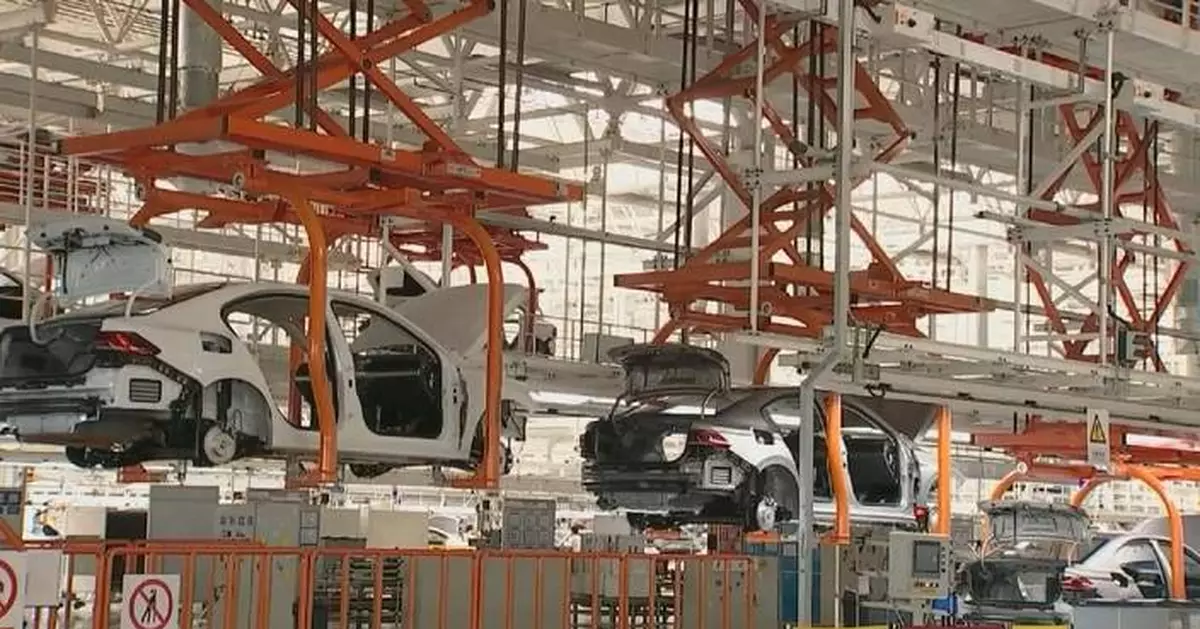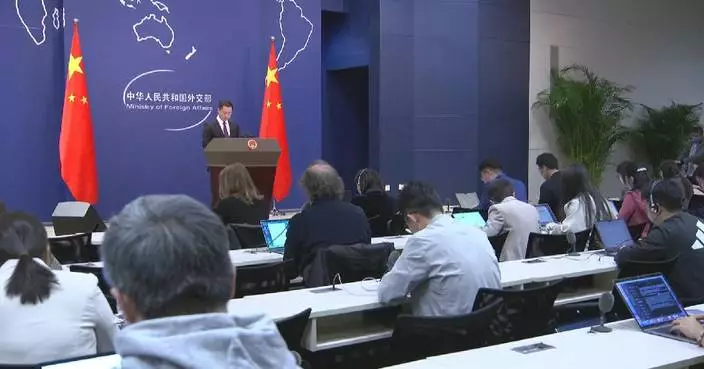China has grown from an agricultural nation into the world's largest and leading manufacturing powerhouse, with its industrial economy experiencing leapfrog growth over the past 75 years since the founding of the People's Republic of China (PRC) in 1949, according to a report released by the National Bureau of Statistics (NBS) on Tuesday.
The NBS report indicated that the country's manufacturing industry has been rapidly developing into a high-end, intelligent and green one, further enhancing the quality of industrial economic growth.
China made significant strides in industrialization, completing in several decades what took developed countries centuries. According to the report, the country has established an independent and comprehensive industrial system. Currently, China boasts 41 major industrial categories, 207 medium categories, and 666 minor categories, making it the only nation in the world that has all industrial sectors classified by the United Nations.
Data indicate that in 2022, a total of 679 Chinese companies were listed among the top 2500 global enterprises in terms of research and development investment. In the same year, among the national-scale industrial enterprises above designated size in China, there were 176,000 companies engaged in research and development activities, which is a growth of 9.2 times compared to that of the year 2000.
In 2023, the World Intellectual Property Organization recognized China as the world's largest filer of international patent applications. In the field of information and communications technology, China's patent holdings account for 14 percent of the global total.
Meanwhile, the industrial structure improved with a steady increase in its core competitiveness. Since 2012, China's high-end equipment manufacturing industry saw an average 8.7 percent annual increase in value added.
In 2023, the value added of the equipment manufacturing industry accounted for 33.6 percent of the total value added of the national above-designated size industrial enterprises, which is a 5.4 percentage point increase compared to that in 2012. Additionally, the value added of high-tech manufacturing made up 15.7 percent of the total, marking a 6.3 percentage point rise since 2012.
Compared with the early years of the PRC, China's industrial economic strength has jumped sharply.
Data show that China's industrial added value rose from 12 billion yuan (about 1.7 billion U.S. dollars) in 1952 to 39.9 trillion yuan (about 5.6 trillion U.S. dollars) in 2023, with an average annual growth of 10.5 percent at constant prices. From 2013 to 2023, the country's industrial economy experienced an average annual growth of 5.7 percent in industrial added value.
According to data from the World Bank, China's manufacturing added value first surpassed that of the United States in 2010, securing the top position globally. In 2022, it accounted for 30.2 percent of the world total, becoming a significant driving force for global industrial economic growth.
In the 1950s, China faced severe shortages in raw material supply and with a limited range of consumer goods such as yarn, cloth, matches, soap and flour. But now, China has developed a robust industrial system capable of producing a vast array of products. These span across raw materials, consumer goods, and high-end equipment. Among the 500 major industrial products, China leads the world in production for over 40 percent of these items.
Since the beginning of the economic reform and opening-up policy in 1978, China has integrated itself into the global industrial division of labor, rapidly emerging as a major player in world trade.
Since 2009, China has consistently held the position of the largest exporter of goods globally. In 2023, the total value of China's goods exports reached 23.8 trillion yuan (about 3.6 trillion U.S. dollars), marking a staggering 1,417-fold increase compared to that in 1978.
The structure of export products has also been continuously optimized, enhancing China's international competitiveness in the markets for high-tech and high-value-added commodities. In 2023, mechanical and electrical products accounted for 58.5 percent of the total export value. Notably, China exported 5.22 million vehicles, becoming the world's largest car exporter for the first time.

China's industrial economy experiences leapfrog growth over past 75 years: report


















































